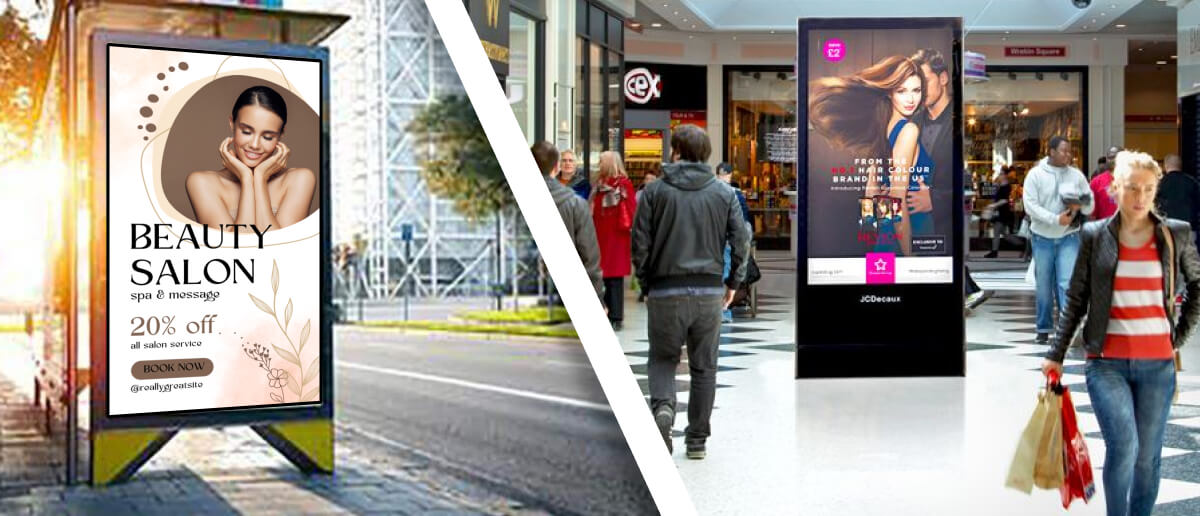
Signs are essential components of our environment, providing guidance, information, and safety across various settings. Whether indoors or outdoors outdoor sign, these visual tools are crucial for navigation and communication, ensuring that people can move efficiently and safely through different spaces.
Indoor signs are found in locations such as shopping malls, offices, hospitals, and educational institutions. They serve multiple functions, including identifying room numbers, directing individuals to facilities, indicating emergency exits, and pointing to restrooms. In corporate settings, indoor signage includes nameplates, office directories, and motivational messages. These signs are often designed to blend seamlessly with interior decor, maintaining a cohesive aesthetic while fulfilling their functional roles. Hospitals rely on clear and concise signage to direct patients and visitors to the appropriate departments, reducing stress and enhancing operational efficiency. Educational institutions use signs to help students, staff, and visitors navigate the campus, ensuring they reach their destinations without confusion or delay.
Outdoor signs, in contrast, are a ubiquitous presence in both urban and rural environments. They encompass street signs, billboards, traffic signals, and wayfinding signs, all crafted to be visible and legible from a distance. Street signs provide vital information, such as speed limits, pedestrian crossings, and route directions, thereby ensuring road safety and efficient traffic management. Billboards are a prominent form of advertising, strategically placed along highways and busy streets to capture the attention of drivers and pedestrians. These large-format signs convey messages quickly and effectively, often using bold colors and minimal text to maximize impact.
The materials used for indoor and outdoor signs differ based on their intended use and location. Indoor signs are typically made from lightweight materials like plastic, acrylic, or vinyl, which are easy to install and maintain. They are often designed to be changeable, allowing for updates as needed. Outdoor signs, however, must withstand various weather conditions and are therefore made from more durable materials like metal, wood, or high-density polyethylene. These materials ensure the signs remain intact and legible despite exposure to rain, wind, and sunlight.
Technological advancements have significantly influenced the design and functionality of signs. Digital signage, for example, has become increasingly popular in both indoor and outdoor settings. These signs use LED or LCD screens to display dynamic content, which can be easily updated remotely. In retail environments, digital signs showcase promotions, new arrivals, and advertisements, attracting shoppers with vibrant visuals and animations. Outdoor digital signs, such as those found in iconic locations like Times Square or Piccadilly Circus, offer a captivating blend of advertising and entertainment, transforming cityscapes into dynamic visual experiences.
Moreover, signage plays a critical role in safety and compliance. Regulatory signs, both indoors and outdoors, communicate rules and guidelines that must be followed. These include signs indicating fire exits, no smoking areas, hazardous materials, and construction zones. In workplaces, compliance signs ensure employees are aware of safety protocols, contributing to a secure working environment.
In conclusion, signs, whether indoor or outdoor, are indispensable tools for communication within our built environment. They guide, inform, and ensure our safety, integrating seamlessly into our daily routines. As technology continues to evolve, the role of signage will likely expand, offering even more innovative ways to communicate and engage with people in various settings. These advancements will further enhance the ability of signs to meet the diverse needs of modern society, solidifying their place as vital components of our everyday lives.
